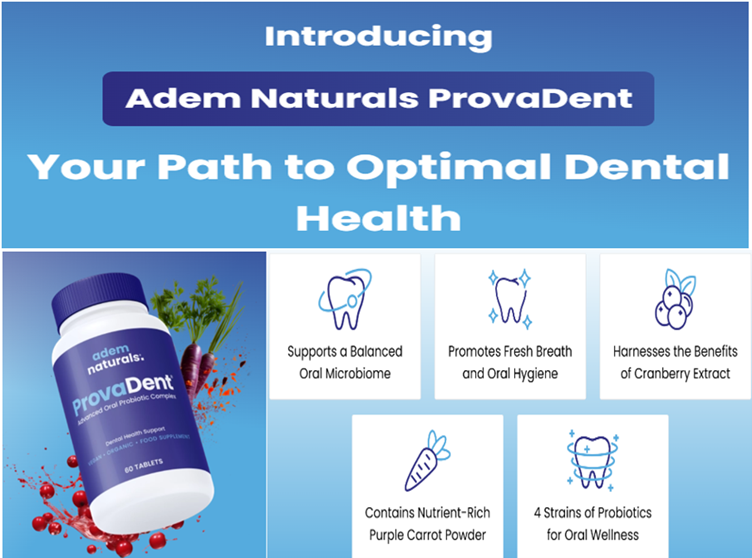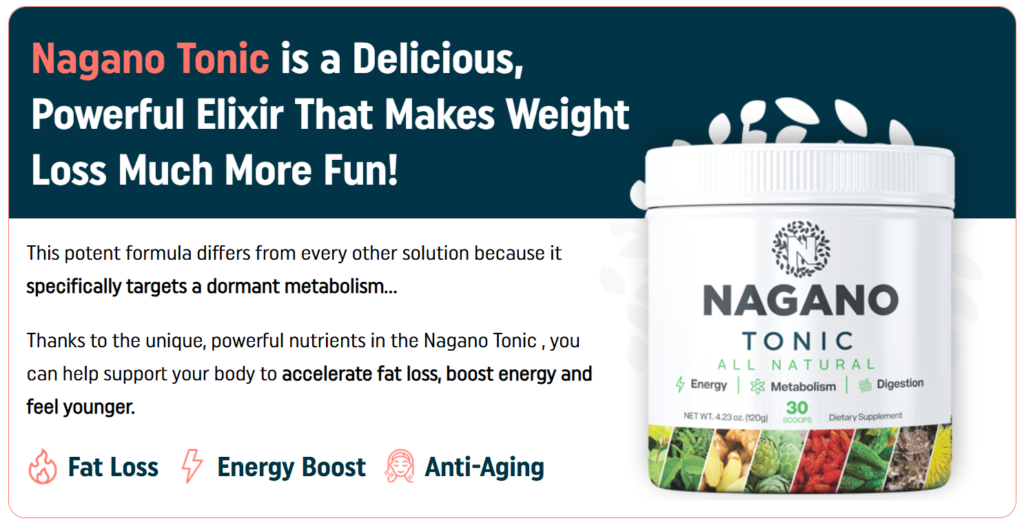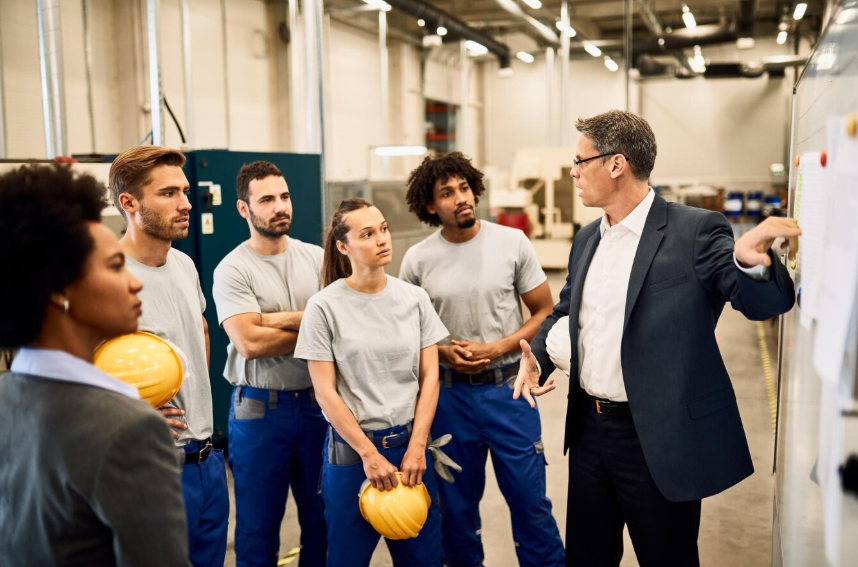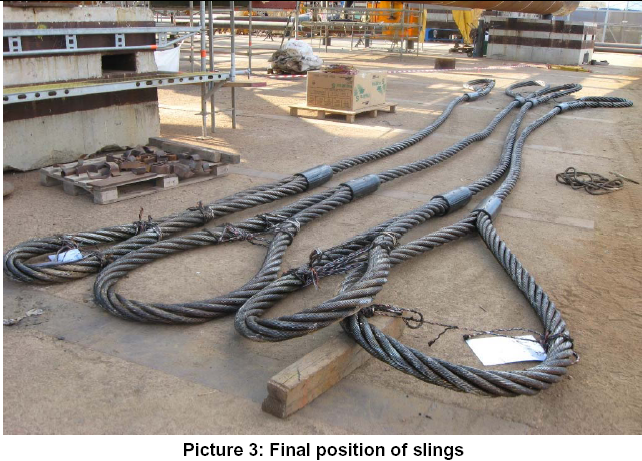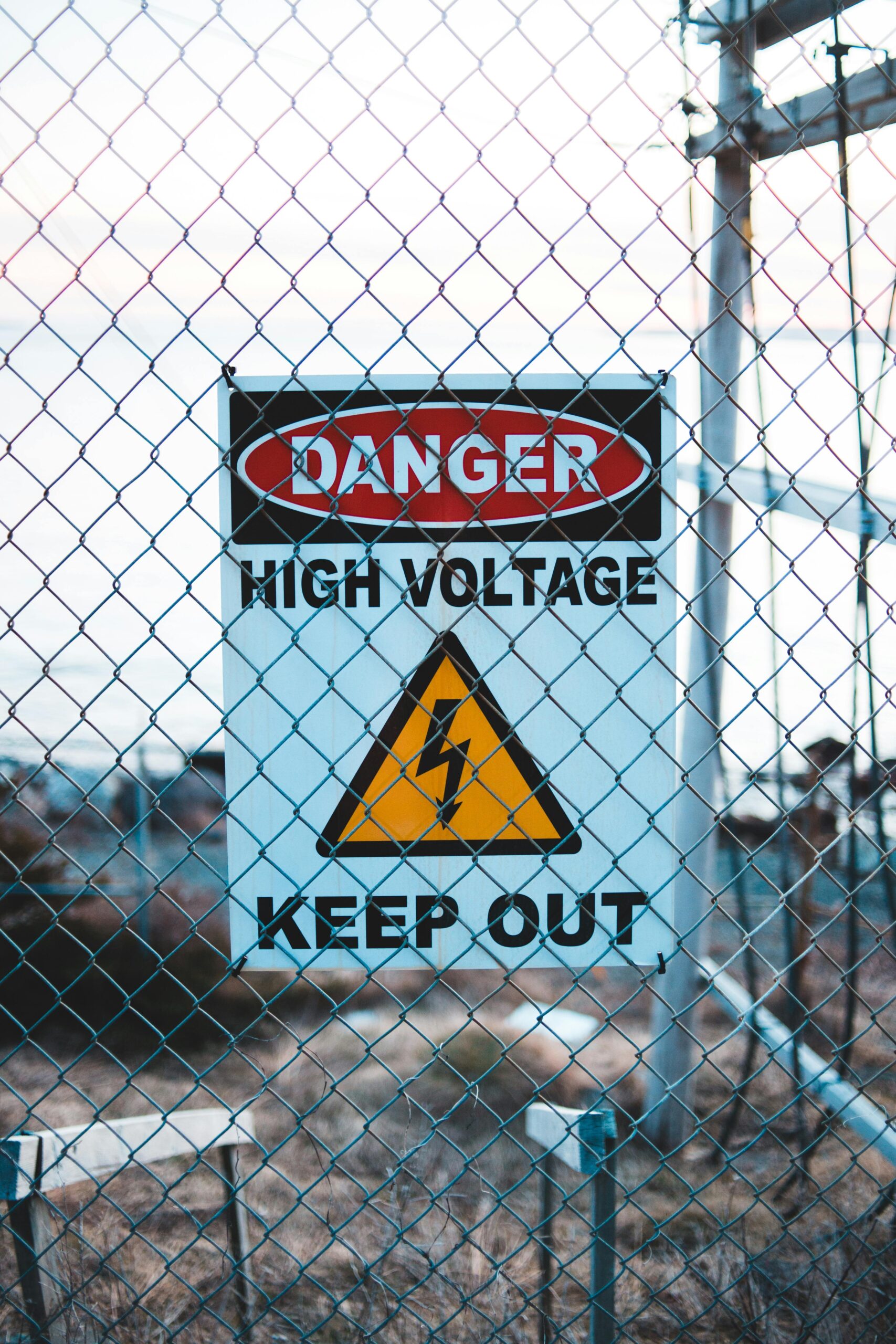Introduction: Why Safety Participation Isn’t Just a Checklist
When we think of safety in a factory setting, our minds often jump to fire extinguishers, PPE kits, or warning signs on machines. But here’s the catch — having safety tools in place is only half the battle. The real strength lies in how actively employees participate in safety activities.
Yes, participation is the heartbeat of any safety culture. It’s not about ticking boxes; it’s about people being involved, aware, and accountable. In this post, we’ll explore various methods of participation in safety activity of a factory — from the top management to shopfloor workers.
So, whether you’re an EHS manager, a supervisor, or a factory owner looking to empower your teams, this guide will give you practical insights you can put into action right away.
1. Safety Committee Involvement: The Powerhouse of Participation
Almost every factory has a safety committee — but is yours truly active?
What it is:
A safety committee is a team made up of representatives from both management and workers that meets regularly to discuss safety concerns, review incidents, and suggest improvements.
How participation works:
- Workers elect their representatives to the committee.
- Management provides equal voice and support.
- Members carry feedback from their teams and report back with action plans.
Key Benefits:
- Builds trust between management and workers.
- Ensures that safety is a shared responsibility.
- Fosters transparent communication.
✅ Tip: Rotate committee members periodically to increase participation across departments.
2. Toolbox Talks and Pre-Shift Safety Briefings
These short, informal discussions are powerful tools to reinforce daily safety awareness.
What it is:
A toolbox talk is a 10–15 minute interactive session focused on a particular hazard or task. It’s usually delivered at the beginning of a shift by supervisors or safety officers.
How participation works:
- Workers ask questions and share feedback.
- Real-life near-miss experiences are discussed.
- Suggestions are collected for risk reduction.
Key Benefits:
- Keeps safety top-of-mind.
- Encourages open dialogue.
- Reinforces learning through peer experiences.
🔧 Example: A welder shares how a frayed cable caused a near-miss, prompting inspection of all welding sets.
3. Safety Suggestion Schemes: Giving Every Worker a Voice
Every worker is a sensor — they notice hazards that others might miss. But without a system, their insights can get lost.
What it is:
A formal or informal system where employees can drop safety improvement ideas into a box or digital platform.
How participation works:
- Anonymous or named suggestions are allowed.
- Best ideas are rewarded with recognition or small gifts.
- Regular review meetings shortlist ideas for action.
Key Benefits:
- Increases employee engagement.
- Uncovers hidden risks.
- Sparks innovation.
📝 Pro Tip: Display implemented suggestions on a bulletin board to motivate others.
4. Participating in Risk Assessment Exercises
Risk assessment is often done by safety professionals. But what if we brought in the people who face the risks daily?
What it is:
Involving frontline workers in hazard identification, risk evaluation, and control measure suggestion.
How participation works:
- Cross-functional teams walk through processes.
- Workers share practical insights on task-specific hazards.
- Teams collaboratively brainstorm safer alternatives.
Key Benefits:
- More accurate risk identification.
- Practical and feasible control measures.
- Higher compliance due to sense of ownership.
👷♂️ Real-World Insight: Workers participating in ergonomic risk assessments led to redesigning worktables in one auto parts factory, reducing back injuries by 30%.
5. Safety Training with Role-Playing and Peer Involvement
Training sessions shouldn’t feel like boring lectures. Participation skyrockets when learning is active and relevant.
What it is:
Safety training that includes role-plays, peer demonstrations, and interactive case studies.
How participation works:
- Employees act out emergency response scenarios.
- Peer mentors conduct machine-specific safety walkarounds.
- Post-training quizzes and group discussions.
Key Benefits:
- Improves knowledge retention.
- Builds confidence to respond in real-life situations.
- Encourages collaborative learning.
🎭 Fun Fact: A dramatized fire evacuation role-play in a garment factory helped cut response time by 40%.
6. Involvement in Safety Audits and Inspections
Let’s face it — audits aren’t fun. But involving workers turns them into learning opportunities rather than inspections.
What it is:
Allowing employees to participate in internal safety inspections or accompany external auditors during walkthroughs.
How participation works:
- Assign worker representatives during scheduled audits.
- Provide training on audit checklists.
- Encourage workers to point out overlooked issues.
Key Benefits:
- Enhances accountability.
- Identifies practical safety gaps.
- Builds a culture of mutual respect.
👀 Bonus Tip: Try “peer safety checks” — where team members inspect each other’s areas informally.
7. Safety Week and Campaigns: Turning Safety into a Celebration
Participation in safety doesn’t always have to be serious. Events and campaigns can make safety fun and inclusive.
What it is:
A factory-wide campaign (e.g., National Safety Week) to raise awareness through games, contests, and creative expression.
How participation works:
- Poster-making, slogan contests, and quizzes.
- Skits or dramas on safety themes.
- Reward ceremonies and safety pledges.
Key Benefits:
- Breaks monotony and boosts morale.
- Engages even the less vocal employees.
- Promotes healthy competition and creativity.
🎉 Pro Tip: Involve families in campaigns to extend the safety mindset beyond the factory gates.
8. Near-Miss Reporting Participation
Near misses are golden opportunities for learning — if only we know about them.
What it is:
A system to report incidents where no injury occurred, but a hazardous condition existed.
How participation works:
- Workers report near-misses using simple forms or apps.
- Safety teams investigate and share lessons learned.
- Regular meetings highlight reported incidents.
Key Benefits:
- Prevents future accidents.
- Cultivates a no-blame reporting culture.
- Empowers everyone to be proactive.
📣 Best Practice: Keep near-miss reports anonymous to eliminate fear of consequences.
9. Safety Champion or Ambassador Programs
Leadership isn’t just about titles. Every floor worker can be a leader in safety.
What it is:
Appointing volunteer safety ambassadors who act as role models and spread safety awareness within their teams.
How participation works:
- Workers nominate or volunteer themselves.
- Ambassadors undergo advanced training.
- They act as first responders, trainers, and feedback channels.
Key Benefits:
- Builds leadership skills.
- Strengthens safety ownership.
- Enhances peer-to-peer learning.
🏅 Recognition Matters: Monthly spotlight on “Safety Champion of the Month” can drive more participation.
10. Digital Participation: The Tech Touch
In today’s smart factory era, safety participation has gone digital too.
What it is:
Using mobile apps, digital dashboards, and wearable devices to gather and respond to safety data in real-time.
How participation works:
- Workers scan QR codes to report issues.
- Real-time alerts for unsafe conditions.
- Digital feedback on closed safety actions.
Key Benefits:
- Makes safety more accessible.
- Improves response time.
- Attracts tech-savvy younger workforce.
📲 Suggestion: Introduce a “Safety Selfie” contest — workers take photos of themselves following proper safety protocol.
Final Thoughts: Safety is Everyone’s Business
Creating a safe workplace isn’t just about compliance — it’s about commitment. When workers are not just trained on safety but are involved in safety, magic happens:
- Fewer accidents.
- More innovation.
- Higher morale.
- And yes, a stronger bottom line.
Start by introducing just one or two of these participation methods in your factory. Watch the shift — not just in your accident rates, but in your people’s attitude toward safety.
📣 Join the Conversation!
Have you implemented any of these participation methods in your factory? What worked best for you? Let us know in the comments below.
🔁 Readers also enjoyed these blog posts:
- Safety Management’s Role: The Unsung Hero Behind Every Successful Organization
- Safety Management and Its Responsibilities: Protecting People, Preventing Hazards, and Promoting a Culture of Care
- Benchmarking for Safety Performance: A Key to Continuous Improvement
“Start Your Website Journey Today – Exclusive Hostinger Discounts!”

Turn Any Idea into Viral,
Jaw-Dropping AI Videos in Seconds!




